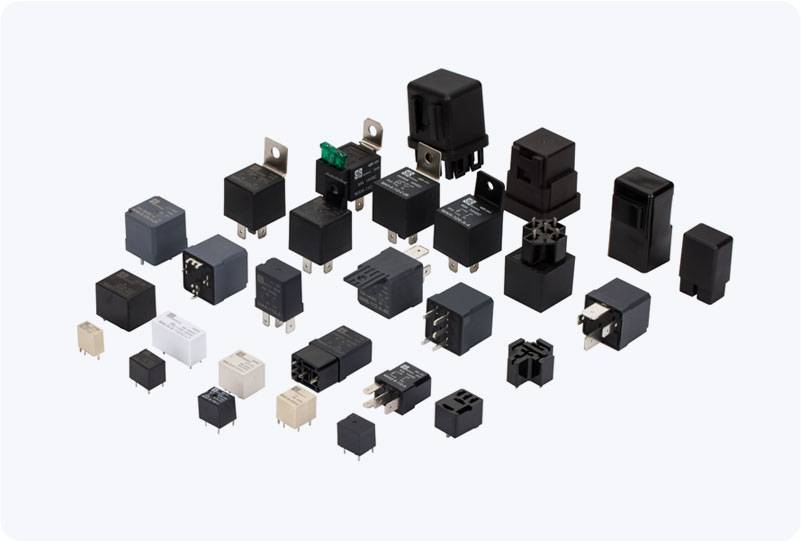A High Current Power Relay is an electrical component designed to control high-voltage and high-current circuits in various applications, ranging from industrial machinery to automotive systems. As modern technology continues to evolve and power requirements increase, the demand for reliable and efficient relays capable of handling substantial electrical loads has grown. This article explores the functionality, features, applications, and importance of High Current Power Relays in today’s technology-driven world.

What is a High Current Power Relay? A High Current Power Relay is a type of electromagnetic switch that allows users to control high-power circuits by opening or closing the contact points in the relay. The main distinction between standard relays and high current relays is their ability to handle much larger currents—typically ranging from tens to hundreds of amps. These relays are built with robust materials to withstand high electrical and thermal stresses, ensuring reliable performance even under demanding conditions. The primary function of a High Current Power Relay is to provide a safe means of controlling electrical circuits. It accomplishes this by using a small control signal to activate a mechanical or electronic switching mechanism that opens or closes the relay contacts. This action can control much larger currents that are potentially hazardous if handled manually or with conventional switches.